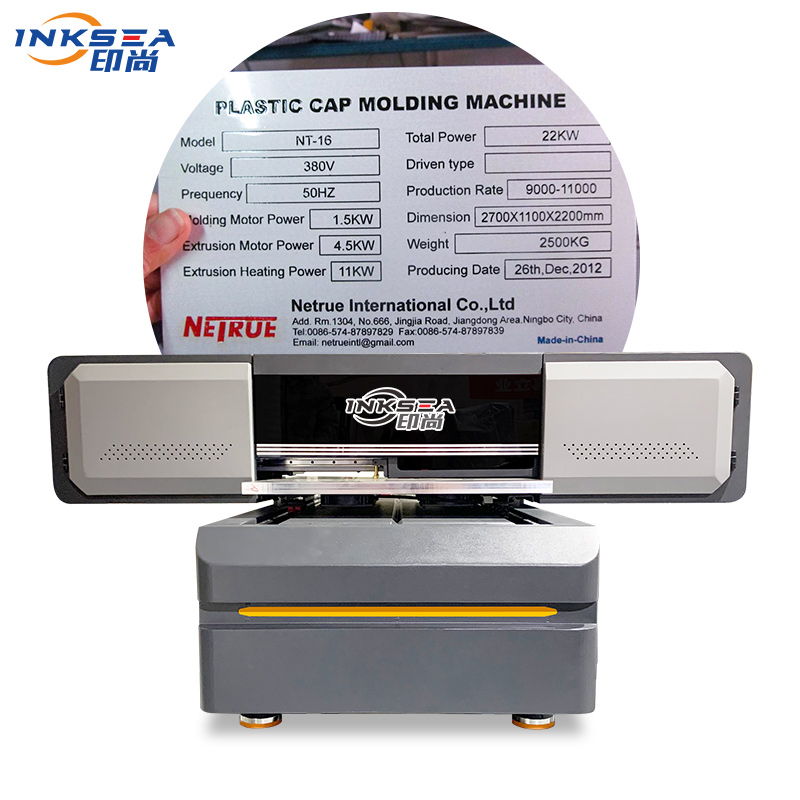Unveiling the Art of Reproduction: The Vital Role of Printing Plates in the Printing Process
2023-11-29
Introduction:
In the intricate world of printing machinery, a silent hero plays a crucial role in bringing designs to life—the printing plate. Often overlooked but indispensable, the printing plate is a linchpin in the printing process, acting as the intermediary between the digital design and the tangible printed material. In this blog, we'll delve into the significant role of a printing plate, exploring its functions, types, and impact on the final printed product.
Understanding the Printing Plate:
A printing plate is a metal or polymer sheet that carries the image or text to be printed. It acts as a medium for transferring ink onto the printing surface, whether it be paper, cardboard, or another material. The process of creating the printing plate involves translating the digital design into a physical form that can be used in the printing press.
1. Image Transfer:
- The primary function of a printing plate is to transfer the desired image or text onto the printing surface. This is achieved through a combination of chemical processes and physical treatments that create the necessary contrast for ink adherence.
2. Plate Types:
- Printing plates come in various types, each suitable for different printing methods. In traditional offset printing, aluminum plates are commonly used, while flexography often employs rubber or polymer plates. The type of plate selected depends on factors such as the printing press, substrate, and the intricacies of the design.
3. Plate Preparation:
- The journey of a printing plate begins with prepress activities. The digital design is converted into a format that can be etched or imaged onto the plate. This step involves processes like exposing the plate to light through a film negative or using a laser to directly image the plate, depending on the technology and plate type.
4. Ink Repulsion:
- The plate is designed to repel water in specific areas and attract ink in others. This selective ink adhesion is critical for ensuring that only the intended image is transferred to the printing surface.
5. Printing Surface Interaction:
- Once the plate is mounted onto the printing press, it interacts with various rollers and cylinders. The plate comes into contact with the ink rollers, where ink is applied to the raised areas of the plate, forming the image. The plate then transfers this inked image onto a rubber blanket or directly onto the printing surface.
6. Consistency and Precision:
- The quality of the printing plate directly influences the consistency and precision of the printed output. Well-prepared plates contribute to sharp, clear images, while any imperfections or inconsistencies in the plate can result in defects in the final print.
Conclusion:
In the intricate ballet of printing machinery, the printing plate takes center stage, orchestrating the transformation of digital designs into tangible creations. Its role in the printing process is indispensable, shaping the quality, clarity, and fidelity of the final printed material. As technology advances, innovations in plate-making processes continue to refine the art of reproduction, ensuring that the printing plate remains a stalwart ally in the ever-evolving world of graphic arts. The next time you hold a printed piece in your hands, take a moment to appreciate the silent craftsmanship of the printing plate that made it all possible.



